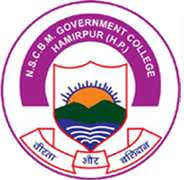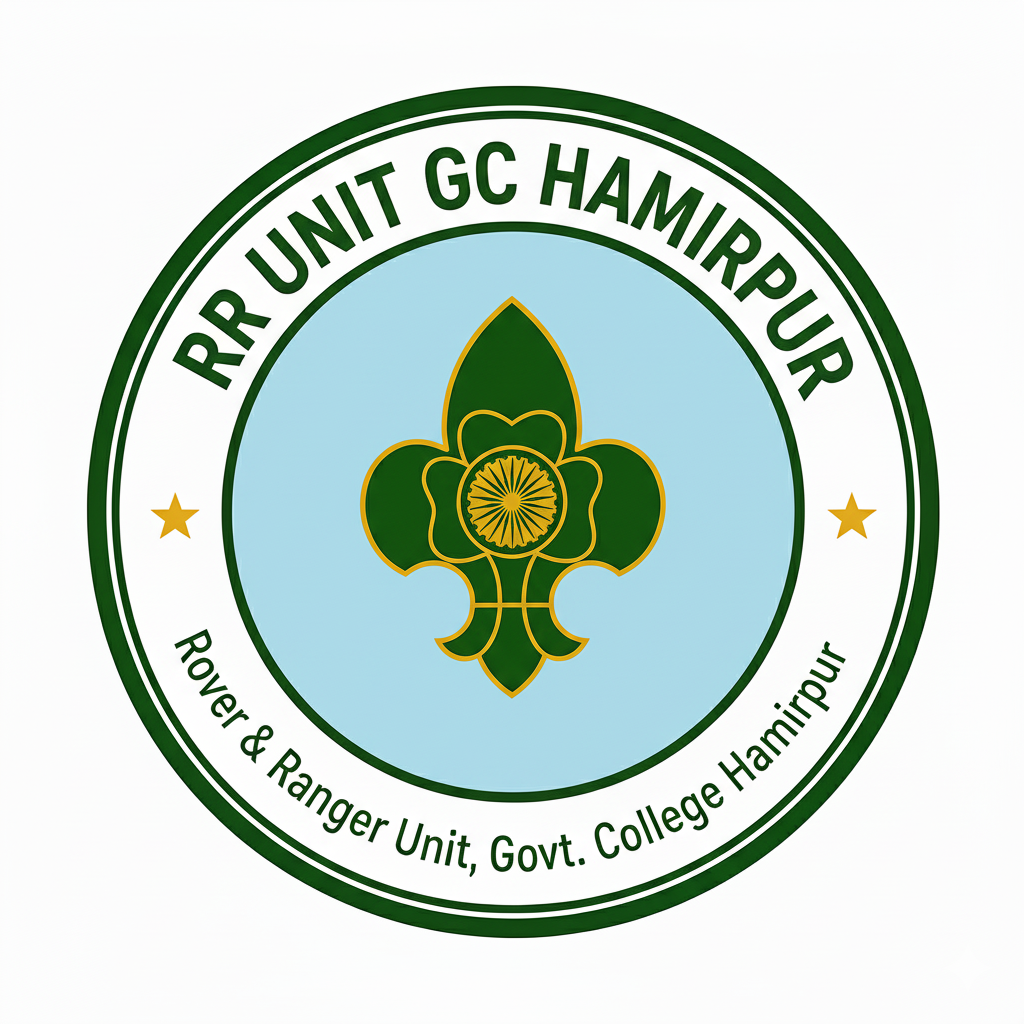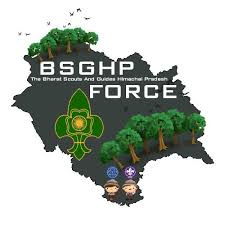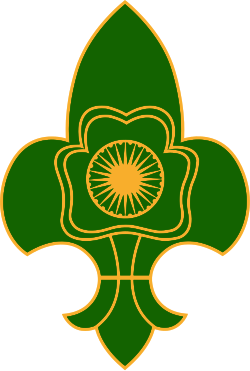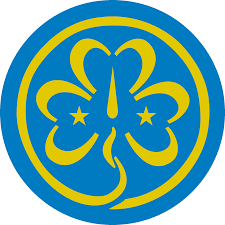The Founders: A Lifelong Partnership
Robert Baden-Powell (1857-1941) founded the Scout Movement based on his military experiences and his belief in training youth for responsible citizenship. After the success of his 1907 Brownsea Island camp and the 1908 publication of "Scouting for Boys," he retired from the army in 1910 to dedicate his life to the movement he had created.
In 1912, he married Olave Soames, who became his constant partner in the development of Scouting and Guiding. Olave Baden-Powell (1889-1977) was instrumental in the growth of the Girl Guide and Girl Scout movement. She was appointed World Chief Guide in 1930 and traveled extensively, promoting the movement and inspiring millions of girls and young women. Their shared vision shaped Scouting and Guiding into the complementary global forces they are today.
The Birth of an Idea (1907-1908)
To test his concepts, Baden-Powell organized an experimental camp on Brownsea Island from August 1-8, 1907. He gathered 22 boys from diverse backgrounds and organized them into four patrols: the Wolves, Bulls, Curlews, and Ravens. For a week, they engaged in pioneering, observation, and self-reliance skills. This camp is universally regarded as the birth of the Scout Movement.
Following its success, "Scouting for Boys" was published in 1908 in six parts. The book was an instant phenomenon, sparking a grassroots movement as boys across Britain and the world began forming Scout Patrols. It went on to become one of the best-selling books of the 20th century.
Global Growth and New Sections (1909-1922)
The movement's appeal was universal. A 1909 rally at London's Crystal Palace unexpectedly included a group of girls demanding to be included, which led to the creation of the Girl Guides in 1910. The movement also expanded to include different age groups: the Wolf Cubs section for younger boys was started in 1916, inspired by Rudyard Kipling's The Jungle Book, and the Rover Scouts section was established in 1918 to provide a program for young men over 17. The first World Scout Jamboree in 1920 in London solidified Scouting as an international brotherhood.
The Role of Scouts in World Events
The Scout Movement's commitment to duty and service was put to the test during the First and Second World Wars. Too young to enlist, Scouts took on critical civil defense roles on the home front. They served as coast watchers, messengers, air raid wardens, stretcher bearers, and fire-fighters. Their training in first aid, signaling, and observation made them invaluable assets. This service demonstrated the practical application of the Scout motto, "Be Prepared," and earned the movement immense respect.
The Rise of Scouting in India
Scouting was introduced in India in 1909 but was initially limited to European and Anglo-Indian youth. Seeing its potential, Indian leaders independently formed their own movements. Dr. Annie Besant's "Indian Boy Scouts Association" (1916) was intertwined with the Theosophical Society and aimed at fostering universal brotherhood. In contrast, Pandit Madan Mohan Malaviya's "Sewa Samiti Scout Association" (1917) was deeply rooted in Indian culture and the Hindu faith, with a strong emphasis on Sewa (selfless service).
These parallel movements, along with others, were crucial in adapting the principles of Scouting to the Indian context and making it accessible to all Indian youth.
Unification: The Bharat Scouts and Guides
After India's Independence, Prime Minister Jawaharlal Nehru and Education Minister Maulana Abul Kalam Azad championed the cause of merging all scouting bodies into a single national organization. After extensive efforts, this was achieved on November 7, 1950, with the formation of The Bharat Scouts and Guides (BSG). The All India Girl Guides Association merged on August 15, 1951. The newly formed BSG received official recognition from WOSM and WAGGGS in 1951, cementing its place in the global family of Scouting and Guiding.
The Movement in Himachal Pradesh
Following the national unification, the Scouting and Guiding movement was formally organized in Himachal Pradesh. The Bharat Scouts & Guides, Himachal Pradesh, was established as the state-level association to administer the movement's activities. The state association, with its headquarters in Shimla, oversees the training, events, and advancement of Scouts, Guides, Rovers, and Rangers across all districts, carrying forward the mission of character building and community service in the Himalayan region.
Modern Scouting for a Better World
Today, Scouting continues to evolve while staying true to its core values. The movement actively contributes to global peace and sustainable development. Initiatives like Messengers of Peace, launched in 2011, have seen Scouts contribute billions of hours to community service projects worldwide. Furthermore, through the "Scouts for SDGs" initiative, the movement mobilizes its 57 million members to work towards achieving the UN Sustainable Development Goals, focusing on issues like environmental protection, gender equality, and poverty reduction. This commitment ensures that Scouting remains a relevant and powerful force for positive change in the 21st century.
